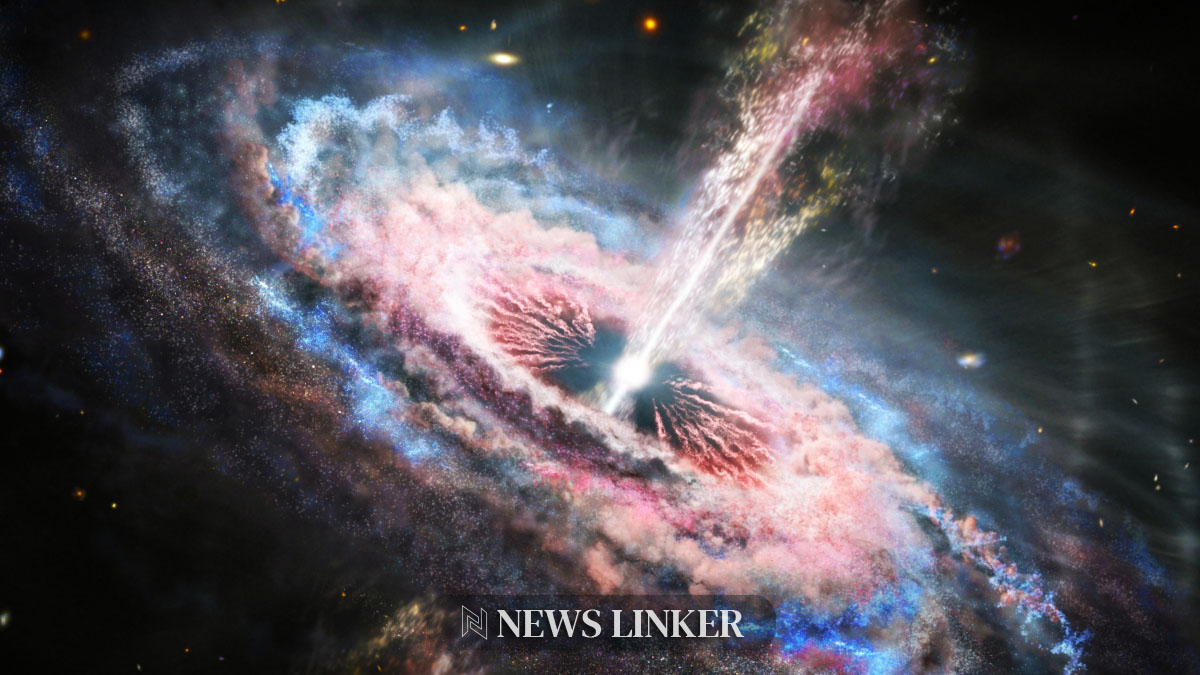Wormholes, long the realm of science fiction, represent one of the most captivating concepts in theoretical physics: spacetime passages offering potential shortcuts between distant points in the universe or pathways to other universes.
This fascination is rooted in Einstein’s general theory of relativity, which allows for the existence of these structures, visualized as tunnels with two ends in separate spacetimes. The classical view of a wormhole suggests its exterior might mirror that of two distinct black holes, with an interior or “throat” akin to a black hole’s interior, making direct detection a formidable challenge with current technology.
Theoretical Foundations and Recent Advances
The recent study titled “Investigation of traversable wormhole solutions in modified �(�,Φ)f(R,Φ) gravity with scalar potential” delves deeper into this theoretical domain, offering a fresh perspective on creating traversable wormholes within the framework of modified gravity theories.
By developing a specific shape function for wormholes, the research demonstrates how these cosmic bridges could link two asymptotically flat regions of spacetime, with their configurations vividly illustrated through three-dimensional Euclidean space embedding diagrams. This work underscores the ongoing challenges in wormhole research, particularly the need for exotic matter to prevent collapse and maintain stability, a requirement that has hindered the realization of wormholes outside of theoretical models.
Bridging Theory and Possibility
This investigation is pivotal, bridging the gap between the enigmatic allure of wormholes in science fiction and the rigorous demands of theoretical physics. It aligns with efforts to integrate quantum mechanics and general relativity to craft a viable model for traversable wormholes. The study’s approach, opting for a pseudospherical shape to simplify complex mathematics, echoes the broader scientific endeavor to make wormholes feasible structures for cosmic travel or connections to other dimensions.
Despite the theoretical nature and the current absence of empirical evidence for wormholes, this research injects a dose of optimism into the discourse, suggesting that advancements in our understanding of gravity and the cosmos could one day turn the science fiction dream of wormholes into a scientific reality. The quest for knowledge continues, with each study bringing us a step closer to potentially harnessing wormholes as gateways across the cosmos.










